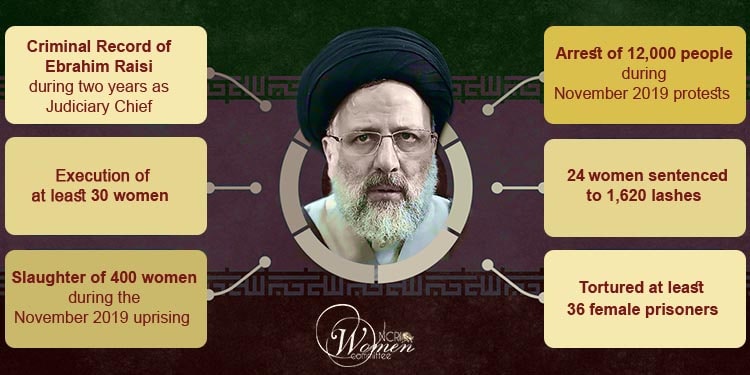Among the 592 registered candidates qualified to run by the Guardian Council, Ebrahim Raisi, the former Judiciary Chief and a loyal disciple of Ruhollah Khomeini, has now become Iran’s new president.
Raisi is known in Iran as a “henchman of the 1988 massacre” and a “mass murderer.” Ali Khamenei’s national campaign for the Iranian presidential elections in 2021 has been met with strong and widespread criticism, particularly among women and youth.

He was a crucial figure in the 1988 massacre of approximately 30,000 political detainees. Additionally, even inside the violent theocracy, he has neither intellectual nor religious credentials.
Raisi’s credentials in the government were earned as a cold-blooded killer who advanced through the ranks of ignorant thugs, with a documented 40-year track record of execution and repression.

Iranian women have faced specific abuses of their fundamental rights, increased limitations on their social activities, as well as arrests, imprisonment, and torture under his leadership.
In November 2019, Raisi was involved in the repression and killing of over 1,500 demonstrators, including 400 women. On Thursday, February 26, 2019, Ali Khamenei appointed Ebrahim Raisi to lead the Iranian regime’s judiciary and became later responsible for the detention, torture, and persecution of 12,000 protesters. After forced confessions, he gave several prison sentences and supervised torture.
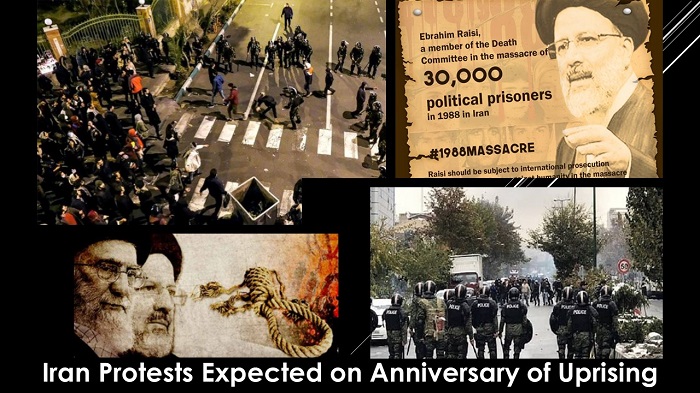
Despite the context of control and repression, few shocking reports emerged during Raisi’s tenure as head of the Judiciary, indicating that at least 36 women detainees were tortured and harassed.
During her detention, Lamya Hemadi was subjected to terrible torture. Officers first used electric prods to burn her. She was then transported to Tehran Intelligence, where she was tortured and interrogated for six months before being moved to Sepidar Prison in Ahvaz.
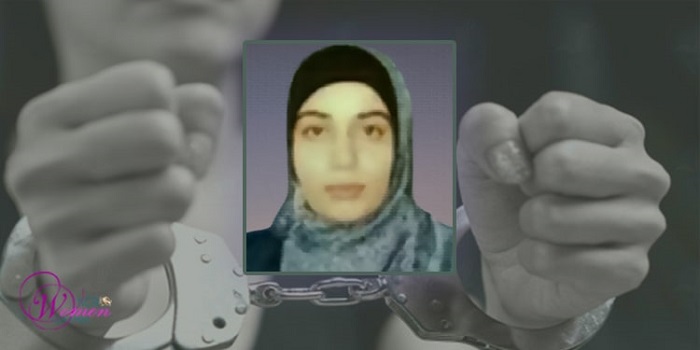
Sakineh Segour, 35, was expecting a child. After a long period of torment, she was transferred to the hospital to give birth. Her hands and ankles were handcuffed, and her body was covered with blood.
Since the fundamentalists’ regime shot down the Ukrainian aircraft in January 2020, family members of the dead have been under strain. Several relatives told Human Rights Watch that authorities attended public and private funeral services for their loved ones, frequently in casual attire. The relatives also claimed that the authorities refused to let them see the bodies of their loved ones.
One of the victims’ mothers noted, “I still don’t know if I really buried my son.”

Many of the mass graves, including those in Tehran’s Khavaran Cemetery, were burned in the previous two years as Ebrahim Raisi headed the mullahs’ Judiciary, in an endeavor by the regime’s officials to erase all signs of that terrible crime against humanity in the summer of 1988.
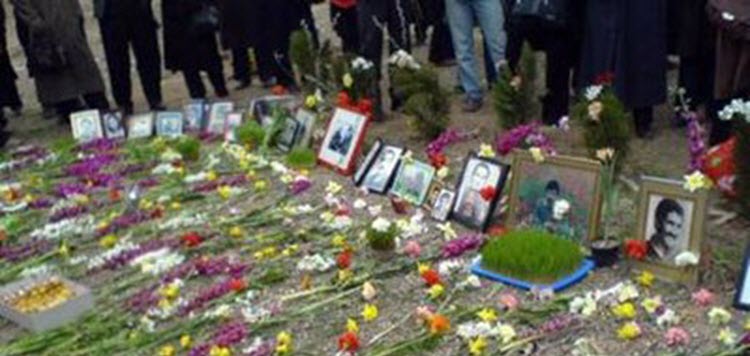
These crimes against humanity are still happening today. Their perpetrators have remained in power with impunity, including Khamenei and Raisi.
The Iranian people, on the other hand, reject the regime’s sham elections and demand that the culprits responsible for the massacres particularly in 1988 and 2019, be brought to trial.
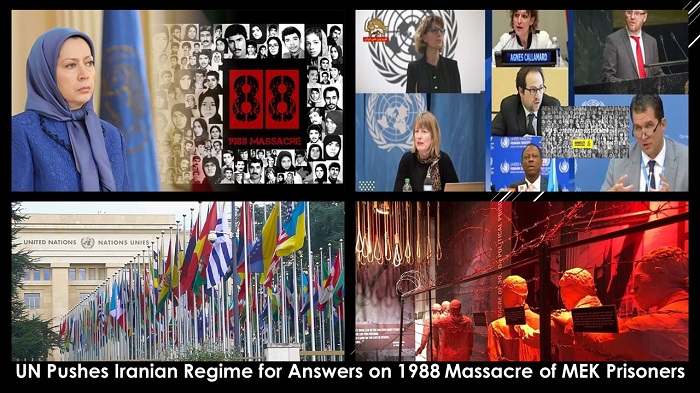
MEK Iran (follow us on Twitter and Facebook)
and People’s Mojahedin Organization of Iran – MEK IRAN – YouTube


